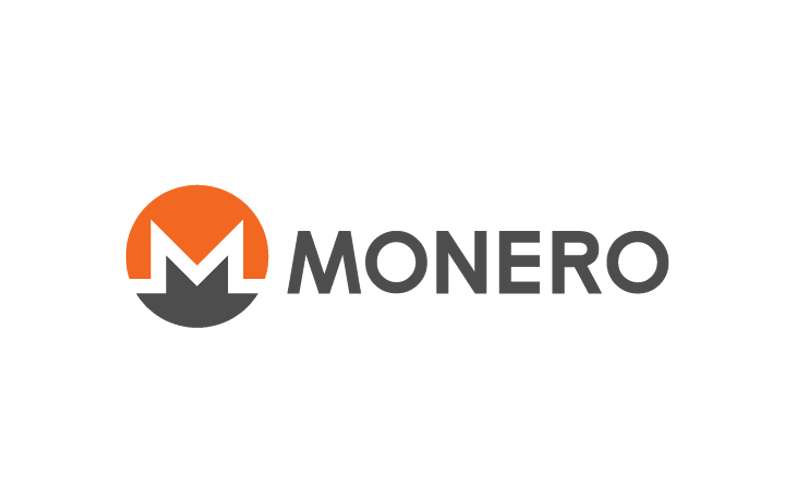What makes Monero a special privacy coin? This article will detail how Monero started, how it works, and some advantages and disadvantages of this interesting project.
Cryptocurrencies consist of diverse projects, all with intriguing use cases. Within this realm, one interesting subset is the so-called privacy coins, where Monero has acquired a commanding presence for several years.
On the surface, cryptocurrencies do use cryptic mechanisms, making them essentially private. However, as transactions are publicly verifiable on their respective blockchains, privacy is not technically fully promised. Projects like Monero were created to bridge this very gap.
Although some may argue other coins do exist with better anonymity features, Monero still excels technology-wise in its right and is constantly being improved. It is these very qualities making Monero a recognized cryptocurrency since 2014.
Monero has had two periods of impressive price performance. The first was during 2017’s crypto bull run, beginning the year under $14 to reach as high as $542 in January 2018. After a strong bear market for about two years afterward, the coin rose from roughly $45 per coin in January 2020 to just over $535 by May 2021.
At the time of writing, 1 XMR (Monero) is worth $258, with Monero being the 26th most traded digital currency on the market, according to Coingecko. For many investors, this slight dip has put Monero back on their radar as they seek to understand more about its usability and appeal.
History of Monero
| MONERO | |
| Original author | Nicolas van Saberhagen |
| Date released | 18 April 2014 |
| Ticker symbol | XMR |
| Algorithm | RandomX |
| Consensus mechanism | Proof-of-work |
| Halving | No |
| Block reward | 1.29 XMR |
| Block time | 2 minutes |
While the official release of Monero occurred on the 18th of April 2014, the roots of its creation stretch back to 2012. Still-mysterious Nicolas van Saberhagen created a cryptographic application layer known as CryptoNote.
The protocol aimed to power cryptocurrencies with heavy anonymity features. A project named Bytecoin burst onto the scene with the promise of offering untraceable transactions using CryptoNote.
On 17 October 2013, van Saberhagen created a whitepaper entitled ‘CryptoNote v 2.0’ detailing an updated vision of CryptoNote in cryptocurrencies. Several zealous developers took interest from this paper, one of whom went by the murky username ‘thankfulfortoday’ from the Bitcointalk forum.
This user is credited as contributing to the majority of Monero’s codebase before release and fostered a hard fork from Bytecoin. They then changed the name to Bitmonero in early 2014, combining the words ‘Bit’ (from Bitcoin) and ‘Monero’ (meaning ‘coin’ in the Esperanto dialect).
Unfortunately, ‘thankfulfortoday’ was forced to leave the project because of controversial changes they made, which the community strongly disapproved of.
Another pseudonymous user named Johnny Mnemonic led the charge along with other users, eventually shortening the name to simply Monero and creating a coin that everyone in the community had approved.
How does Monero work?
The way Monero works is pretty simple. It is a decentralized, P2P digital currency for any user globally, like most cryptos. Monero exists on an open-source blockchain through a proof-of-work consensus mechanism where miners are rewarded XMR for solving blocks to secure the network and confirm transactions.
What separates Monero from the vast majority of coins is its privacy-enhanced hallmarks. One of these technologies is the use of stealth addresses, a one-time address generated by Monero which hides the address of the recipient.
While anyone can access Monero’s block explorer to see every transaction on the network, no one can see any public addresses, unlike Bitcoin or other cryptocurrencies. The second implemented technology is ring signatures, a method of combining a sender’s digital signature with those of other users.
These two protocols are just some of the mechanisms for how Monero enhances privacy, all of which work in tandem to make transactions and their source and destination difficult, if not impossible, to trace. Users can purchase XMR directly from Monero, cryptocurrency exchanges, or wallet providers.
Final word
Monero has been the most traded coin in the breed of privacy coins for several years, rivaling the likes of Zcash, Horizen, Verge, and Pirate Chain. This sector’s market cap, at the time of writing, is roughly worth $13 billion, contributing 0.82% of the entire crypto market, according to CryptoSlate.
This evidence clearly points to the demand for privacy cryptocurrencies and Monero’s dominance in this realm. From an investing perspective, the project does present some clear advantages and disadvantages people may observe before considering investing in this coin:
Pros
- Monero possesses a desirable utility as a privacy-conscious cryptocurrency making payments untraceable and unlinkable.
While the majority of coins make it very hard for the average person to reveal a user’s identity, there are methods of tracing transactions to their original source as a result of blockchain explorers. In Monero, these qualities are conclusively absent.
- From a user perspective, the transaction time is significantly quicker than many of its counterparts, and fees are generally reasonable for each transfer.
- Although Monero is not technically a deflationary coin, the production rate only increases by about 0.87% yearly. Therefore, the supply is somewhat limited, meaning the project is likely to experience periods of high demand that would increase its value.
Cons
- Both acclaim and criticism have been garnered for the coin’s superior anonymity. Like many privacy coins, Monero still has a reputation for encouraging darknet markets that thrive on illicit money transfers.
Regulatory authorities like governments are not proponents of such coins. In countries like the United States, some exchanges have been prohibited from listing Monero for these reasons.
- For transaction confirmations, Monero has employed proof-of-work or mining since its inception. This consensus mechanism continues to receive criticism from experts over its environmental impact.
- Finally, cryptocurrencies generally are known for their sudden and unexpected price volatility that is sometimes bad or good for investors.
